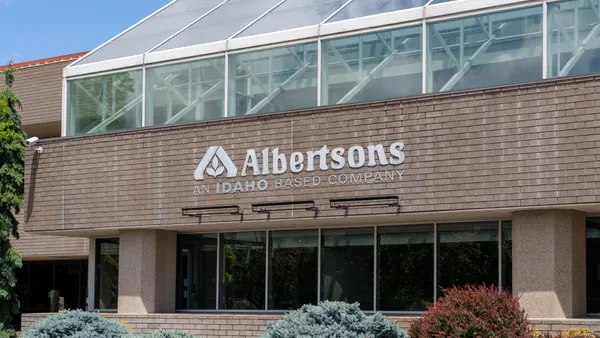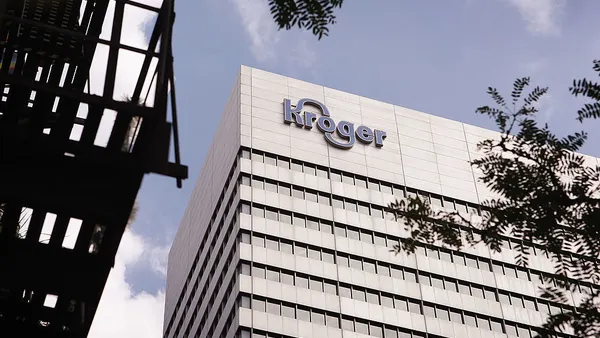Dive Brief:
- Lidl will open 50 new stores in the eastern United States by the end of 2021, pushing its total store count in the country to more than 150, the German grocery chain announced Tuesday. The new locations will be in nine states: Delaware, Georgia, Maryland, New Jersey, New York, North Carolina, Pennsylvania, South Carolina and Virginia.
- The grocer expects to spend about $500 million on the expansion, which it expects to create 2,000 new jobs.
- Lidl is planning to shut down two stores in Havelock and Shelby, North Carolina, even as it prepares to increase its overall U.S. presence. All employees at the stores that are closing will be offered the chance to relocate to other Lidl locations.
Dive Insight:
Lidl’s announcement that it will boost the number of stores it runs in the United States by half continues the chain’s effort to dent the enormous lead rival German discounter Aldi holds in the companies’ quest to further disrupt the U.S. grocery market.
Even with the dozens of new locations Lidl is planning to open, the grocer’s U.S. footprint will be just a fraction of the size of Aldi’s store fleet. Aldi, which is in the midst of a $5 billion drive to renovate existing locations and build new ones, revealed recently that it had passed the 2,000-store mark. Aldi opened its first store on U.S. shores in 1976 and intends to open 70 new locations in this country by the end of 2020. Lidl just hit the 100-store mark in May, when it opened a location in Georgia.
Lidl unveiled its first U.S. store in 2017 and had hoped to open its 100th location in the United States by the end of 2018, well before it actually reached that milestone. Slow sales and tough competition seemed to force the company to scale back its growth in 2018. That year, Klaus Gehrig, CEO of the Schwarz Group, which owns Lidl, told German business publication Manager Magazin, that Lidl’s U.S. stores are too big and expensive. He also said that the division often did a poor job picking locations and often chose products that were not targeted at American preferences.
During its time in the U.S., Lidl has made a point of underscoring how its pricing model impacts what other stores charge for groceries. When Lidl opened its first stores on Long Island, rival grocers responded by shaving prices on a range of common items, according to research by the University of North Carolina's Kenan-Flagler Business School commissioned by Lidl. Aldi led the way, reducing list prices for the goods by about 15%, the study found.
Since establishing an office in the U.S. in 2015, Lidl has undergone significant leadership shifts as it has sought to build momentum. Lidl U.S.’s current president and CEO, Johannes Fieber, assumed the role in 2018, replacing Brendan Proctor, who had led Lidl U.S. since its establishment. Roman Heini, who became chairman of Lidl U.S. in early 2019, left the post in July. Heini had stepped in for another executive, Michael Aranda, who was brought over from Lidl’s headquarters in Germany to oversee the grocer’s budding U.S. business just three months after the company opened its first stores here.













